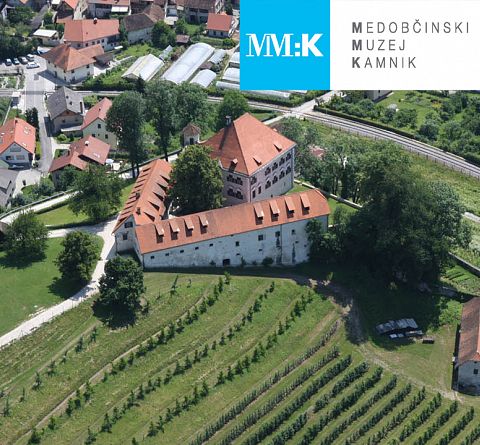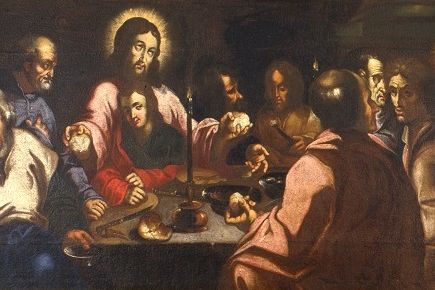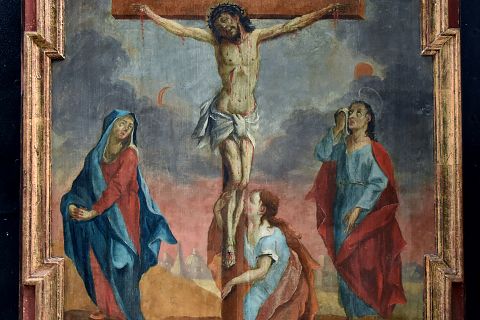Easter
Easter
Easter (Vuzem) is the most important Christian holiday. Christians celebrate the resurrection of Jesus from the dead on the third day after his burial following his crucifixion by the Roman governor of roman prov. Judea Potius Pilate c. 30 AD. Easter is a holiday of joy and hope for Christians; they believe that by his resurrection Jesus overcame physical and spiritual death and brought hope for all, and for Christians the hope of resurrection after death. It is celebrated on the first Sunday after the full moon, which follows the vernal equinox on March 21 (between March 22 and April 25). Orthodox people use the Julian calendar to calculate Easter and celebrate it a week or two later.
Where did the name Easter come from?
In English, the holiday is called “Easter”. According to some sources, the word Easter comes from Eostra, which was the Germanic goddess of spring and fertility. Others associate it with the Latin term “hebdomada alba” – white week, an ancient reference for Easter week, and white clothing worn by people baptized during that time. Later, in Old High German, the term began to appear as esostarum due to translation errors, which eventually led to the English word Easter. In Spanish we will find the term “Pascua” and in French “Paques”. These words come from the Greek and Latin “Pascha” or “Pasch” or. Hebrew “Pesach”.
Jesus ’crucifixion and resurrection took place when he went to Jerusalem to celebrate Passover, a Jewish festival commemorating the exodus of the Jews from Egyptian slavery. In Slovene, this holiday is also called Jewish Easter or the feast of the opresnik. During the Passover, Jews do not eat leavened dough and do not drink beer. The celebration includes the Easter lamb and the characteristic flat unleavened bread – “maca” (in Slovene biblical literature, the translation is usually opresnik).
Easter tradition
Easter traditions vary from country to country. After a period of 40 days of fasting, which begins on Ash Wednesday (after Lent), Holy Week follows. It begins with Palm Sunday, the week before Easter, when believers carry an olive branch or butare for blessing. It is believed that the blessed greenery protects them from lightning, drives away diseases, brings fertility and abundance. On Holy Thursday – the memory of Jesus’ Last Supper with the apostles, the church bells ring. They are a symbol of Jesus ’suffering and death. They call again on Sunday morning when they announce the resurrection of Christ.
Maundy Thursday is the last day before the start of Lent (Merdi Gras) and is also called Maundy Thursday. This is the last feast of food and fun before fasting and the last opportunity to get full and eat meat dishes to the last.
On Good Friday, Christians commemorate the crucifixion of Jesus, so the strictest fast applies on this day. Holy Saturday is the day when Catholics in the church bless Easter goodies. In a basket decorated with flowers, they bring dishes to the church that represent the symbolism of the Christian holiday. Resurrection processions take place on Easter Sunday. The morning mass is followed by Easter breakfast. This is primarily a family day, where all family members gather for Easter goodies. Easter Monday is a day off and is dedicated to visiting friends and acquaintances.
Sources: Ovsec, D., J., Praznovanje pomladi in velike noči na Slovenskem in po svetu, Ljubljana 2020; Krumpačnik, N. – https://motiviran.si/velika-noc/, Denova, R., Easter – definition https://www.ancient.eu/Easter/ – prepared by Janja Železnikar





